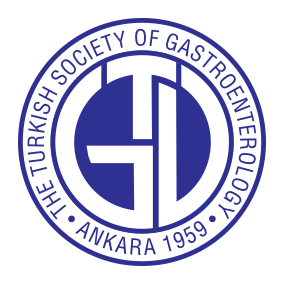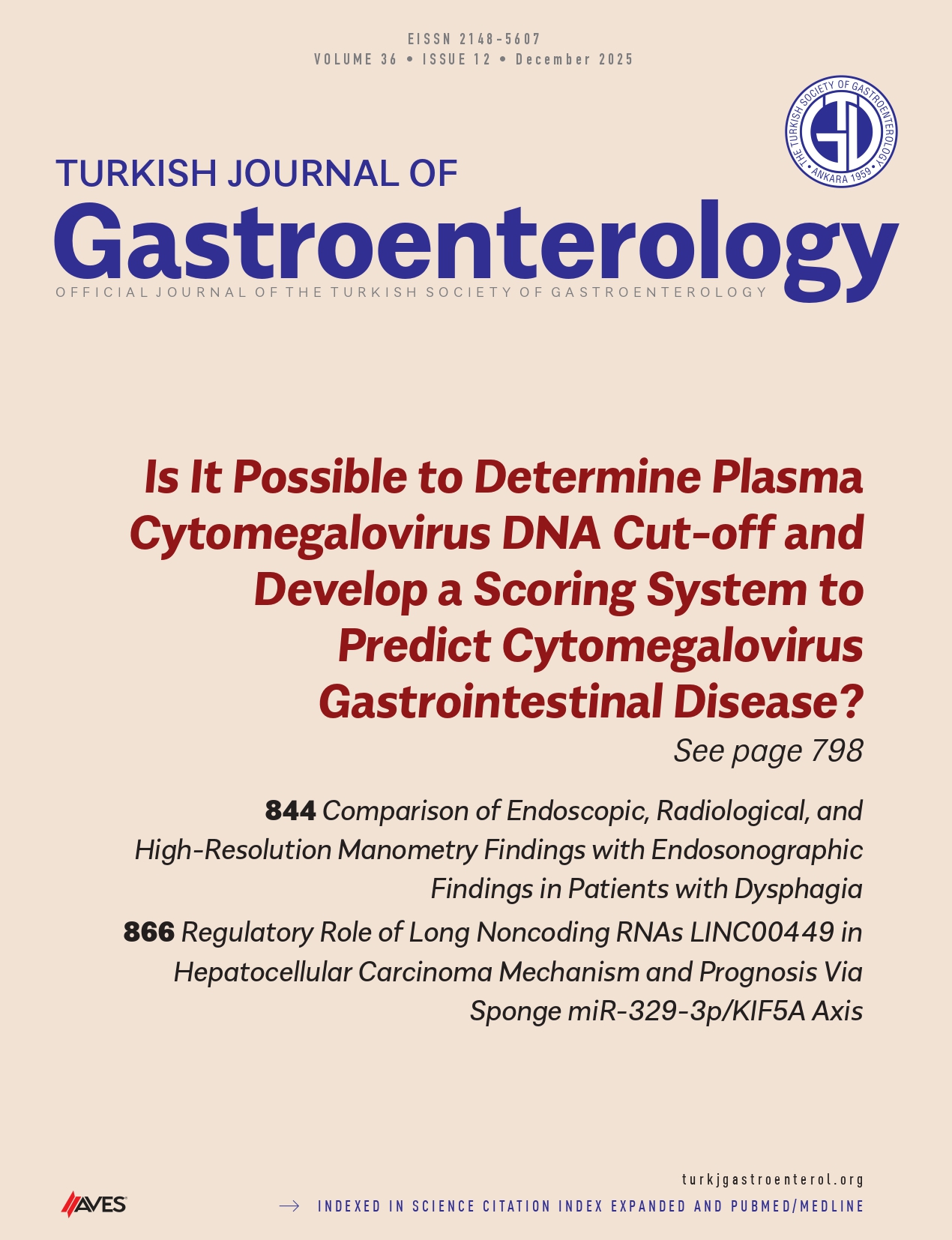Background/Aims: The chronicity and recurrence of irritable bowel syndrome (IBS) pose significant burdens on patients’ lives, making it urgent to understand its underlying mechanisms. This study intends to investigate the function and regulatory mechanisms of miR-539-5p in IBS and lay the foundation for the creation of more effective therapeutic strategies.
Materials and Methods: Rat model of IBS with diarrhea (IBS-D) was established and evaluated by the abdominal withdrawal reflex. The IBS cellular model was established in vitro using lipopolysaccharide (LPS), and real-time quantitative polymerase chain reaction was used to assess the changes in the miR-539-5p expression. Cell counting kit-8 assays, flow cytometry, and enzyme-linked immunosorbent assay were used to evaluate the effects of different treatments on cell viability, paracellular permeability, apoptosis, and inflammatory responses. Bioinformatics techniques and dual-luciferase reporter gene assays were leveraged to forecast and confirm the interaction between miR-539-5p and the KDM6A gene.
Results: In IBS-D rats, miR-539-5p was conspicuously downregulated, and miR-539-5p overexpression could improve the symptoms of rats. Under exposure to LPS, the expression of miR-539-5p was evidently decreased. Upregulating miR-539-5p could significantly mitigate LPS-induced cellular damage, namely inhibiting the apoptosis of intestinal mucosal epithelial cells, promoting cell proliferation, reducing paracellular permeability, and suppressing the inflammatory response. KDM6A, as the target gene of miR-539-5p, was remarkably upregulated in IBS-D rats and cells exposed to LPS. KDM6A overexpression counteracts the protective effects mediated by the upregulation of miR-539-5p.
Conclusion: miR-539-5p may be involved in regulating the pathological processes of IBS-D by targeting KDM6A.
Cite this article as: Li Y, Wang Z, Zhang S, Hua Y, Fan X, Li L. MiR-539-5p regulates irritable bowel syndrome pathological processes by targeting KDM6A. Turk J Gastroenterol. Published online September 10, 2025. doi: 10.5152/tjg.2025.24684.




.png)
.png)